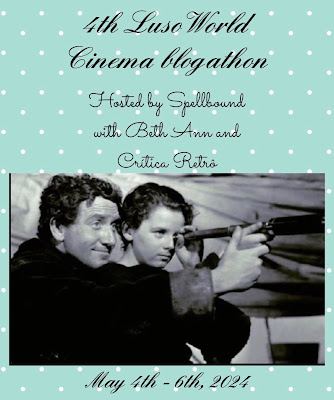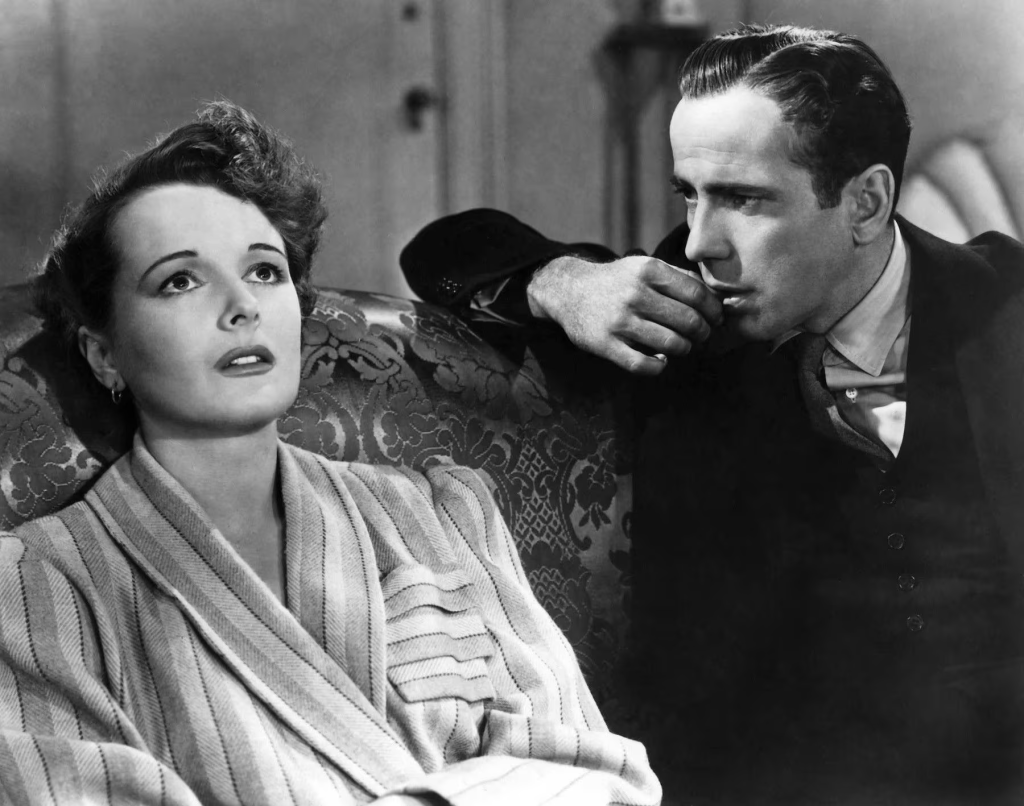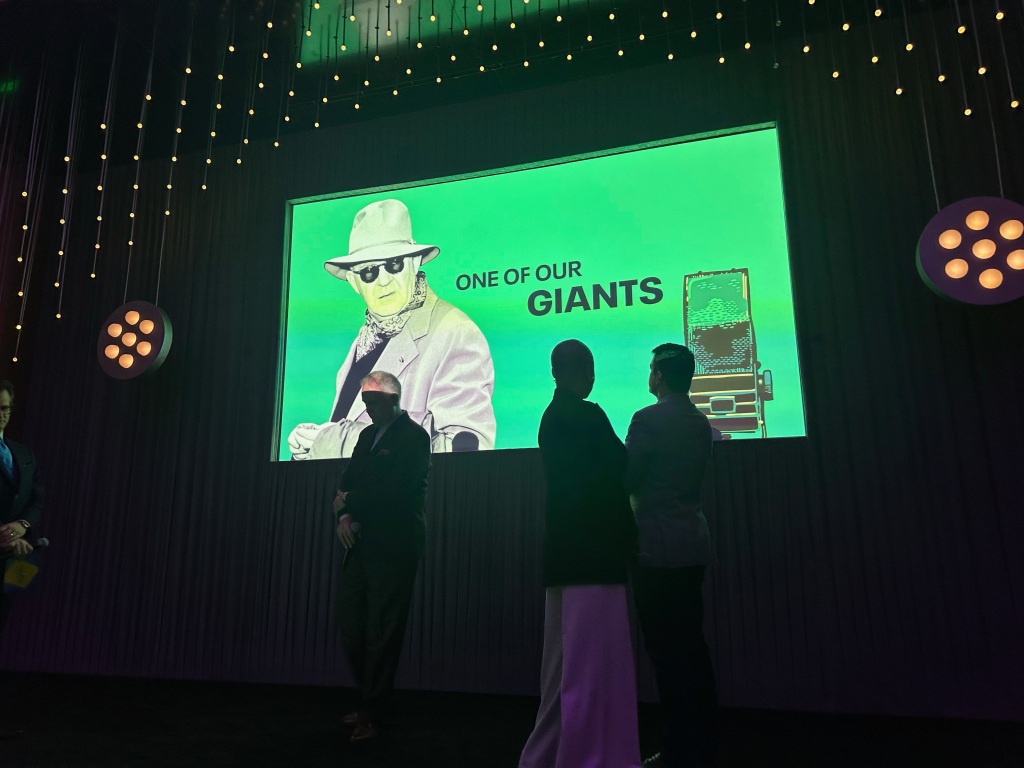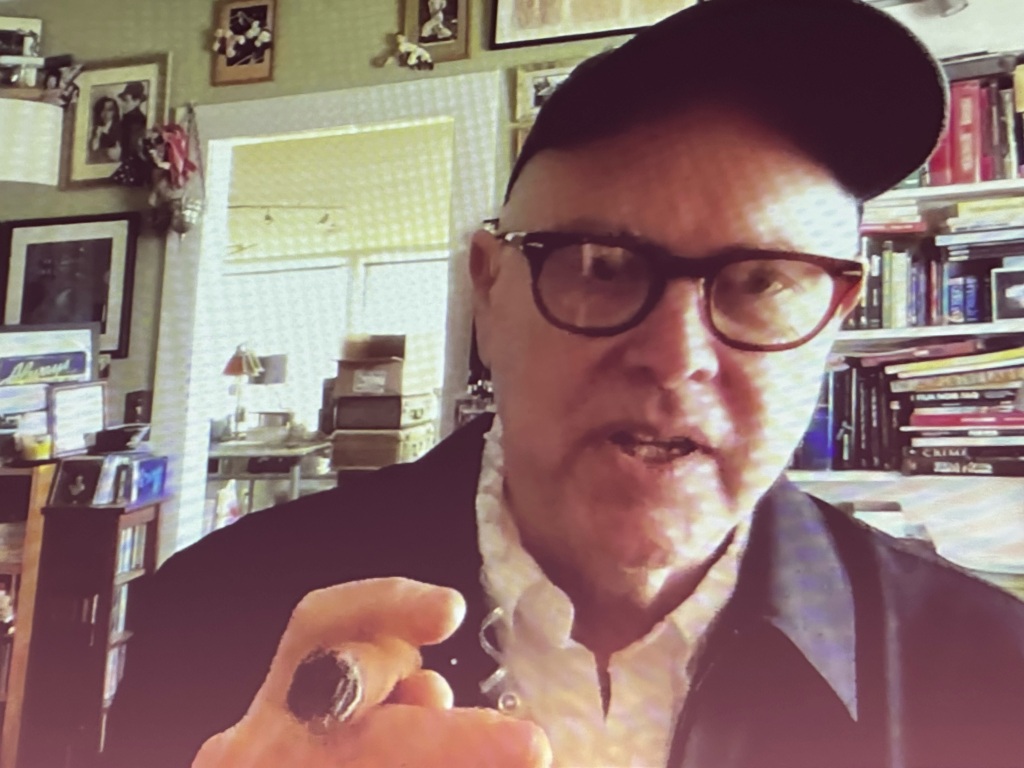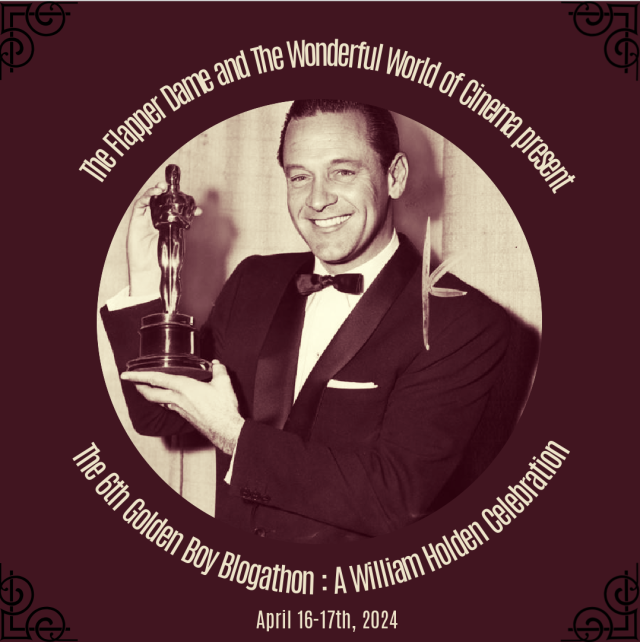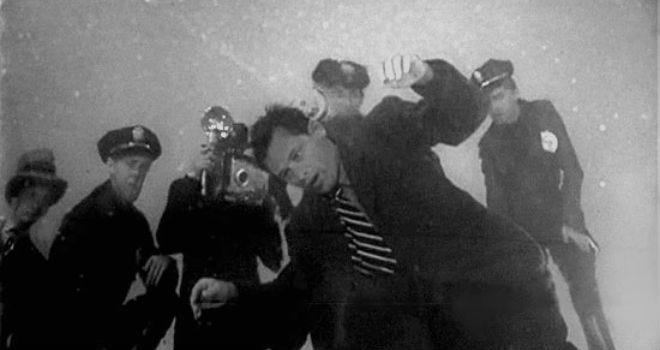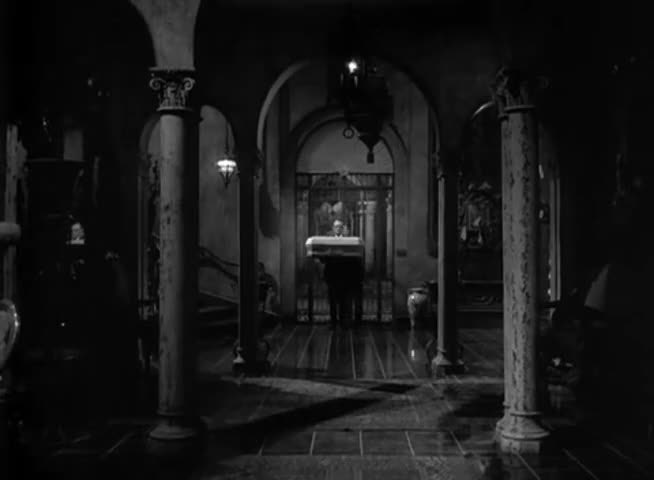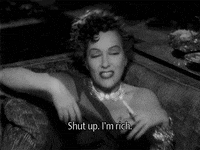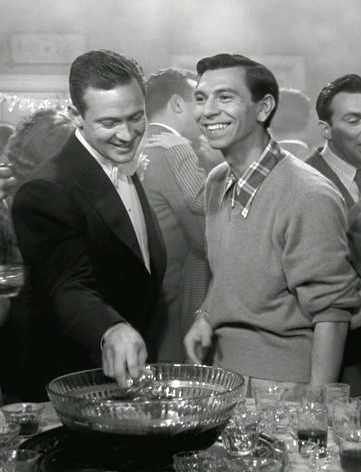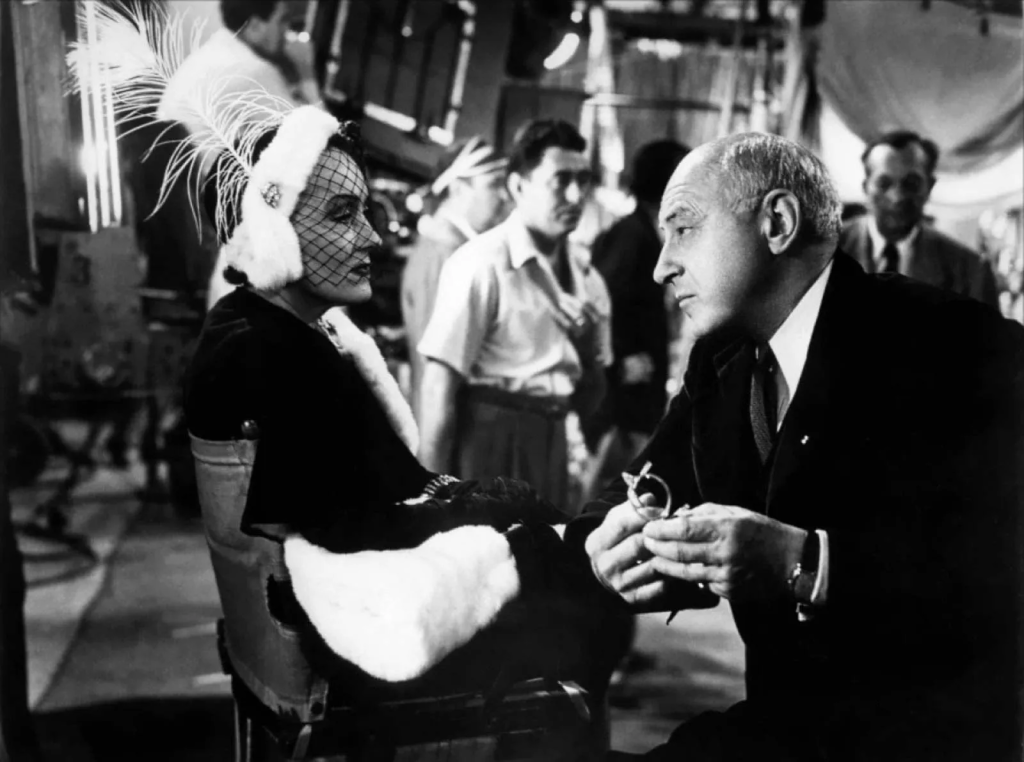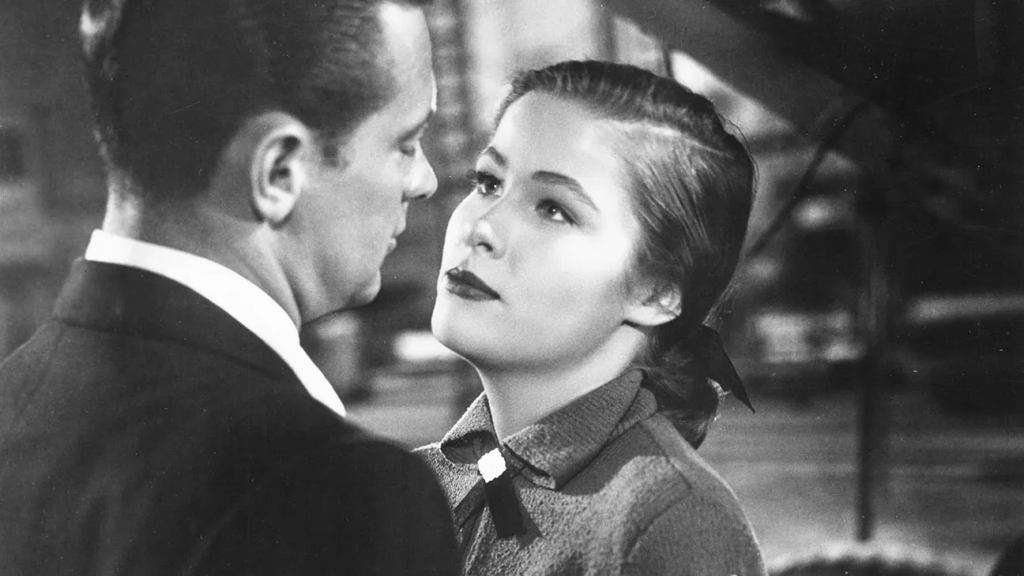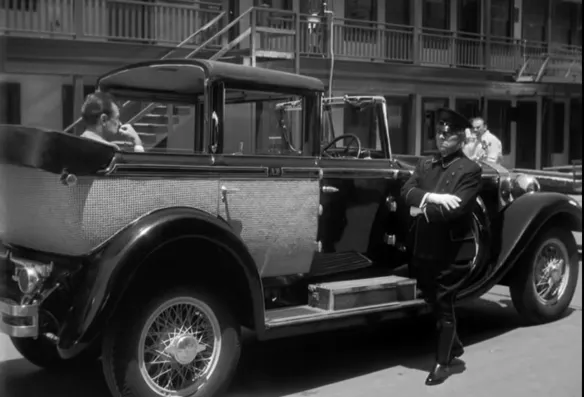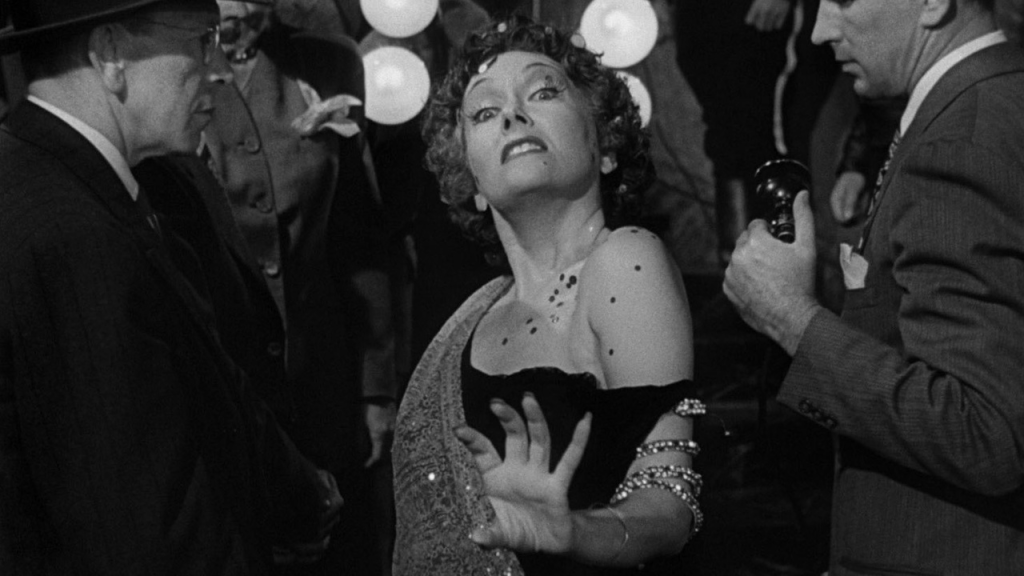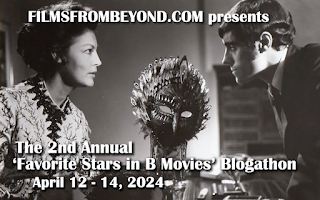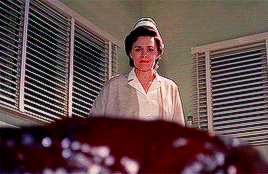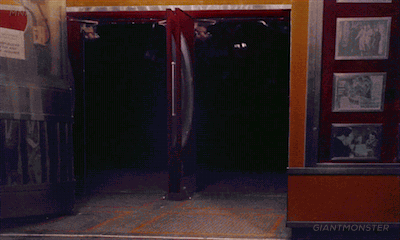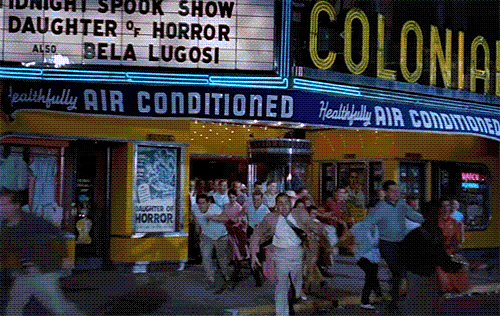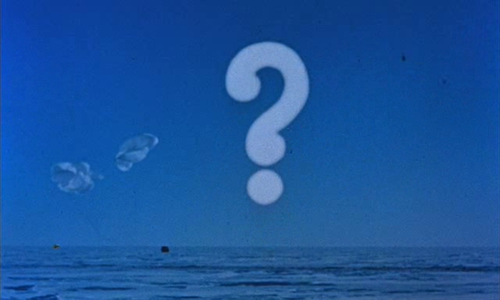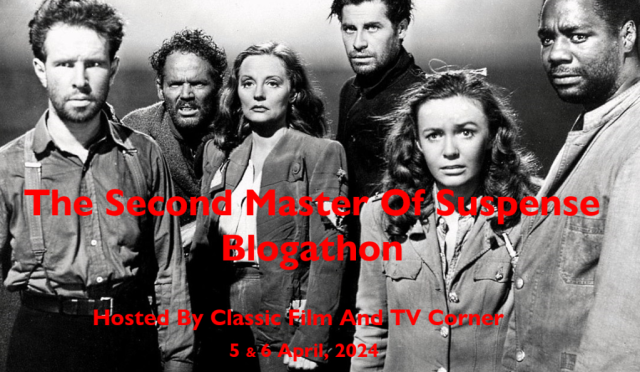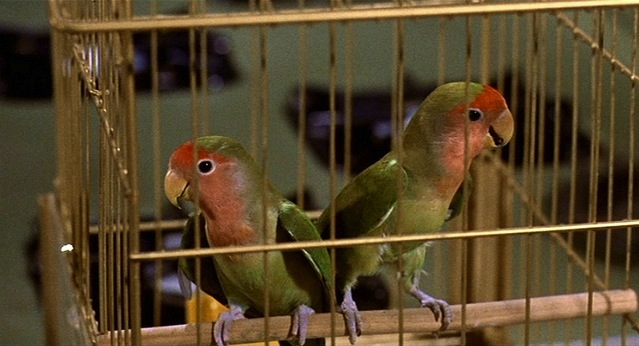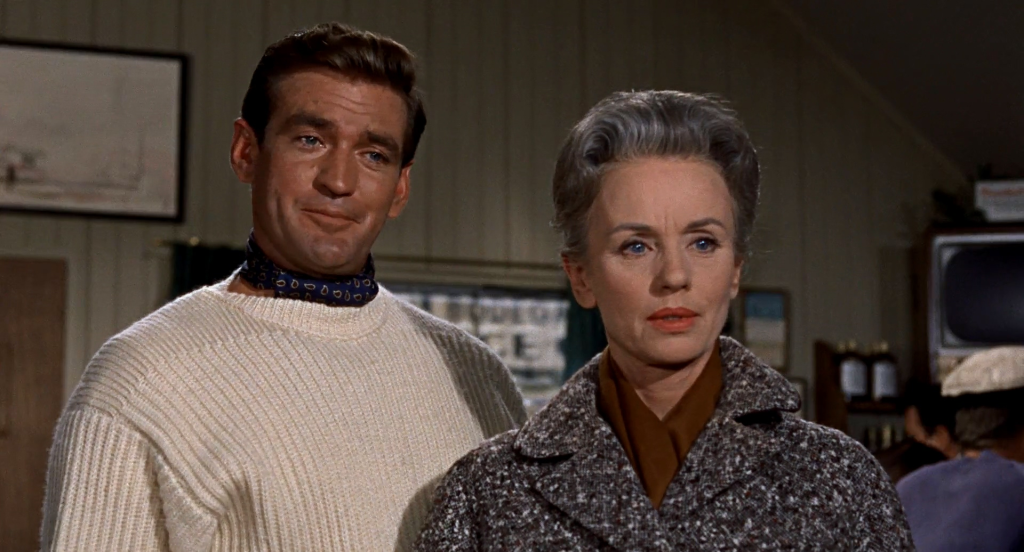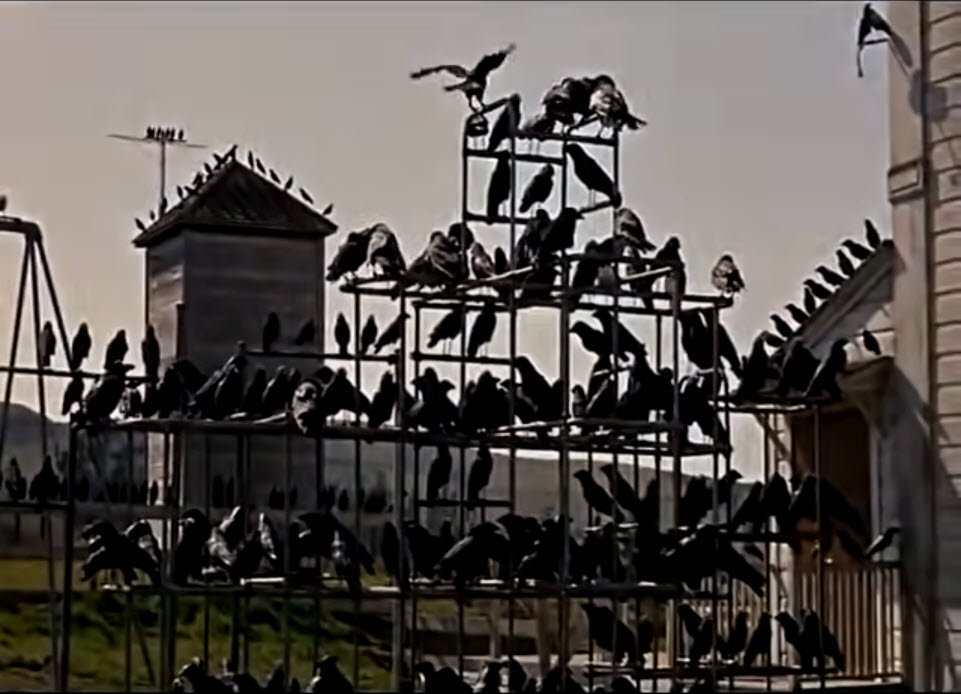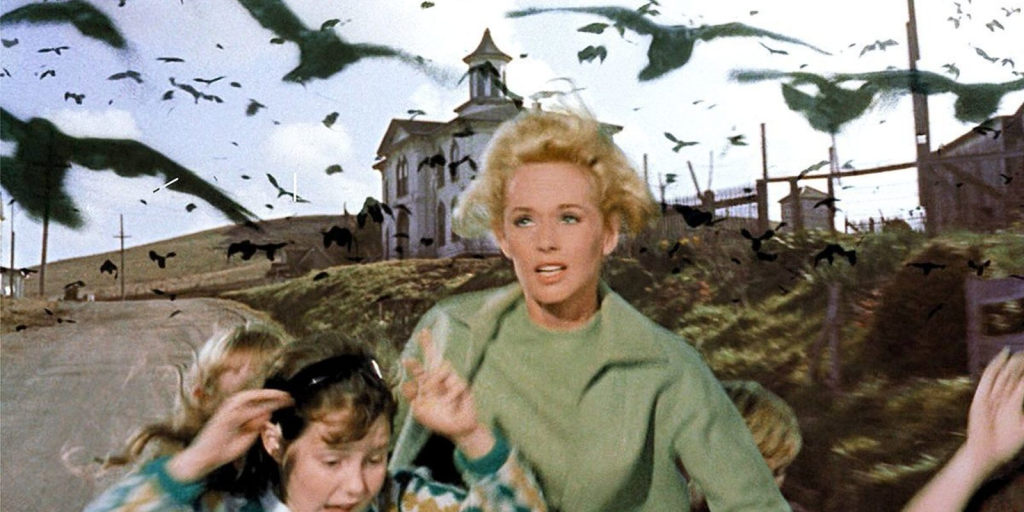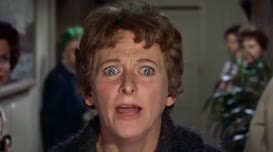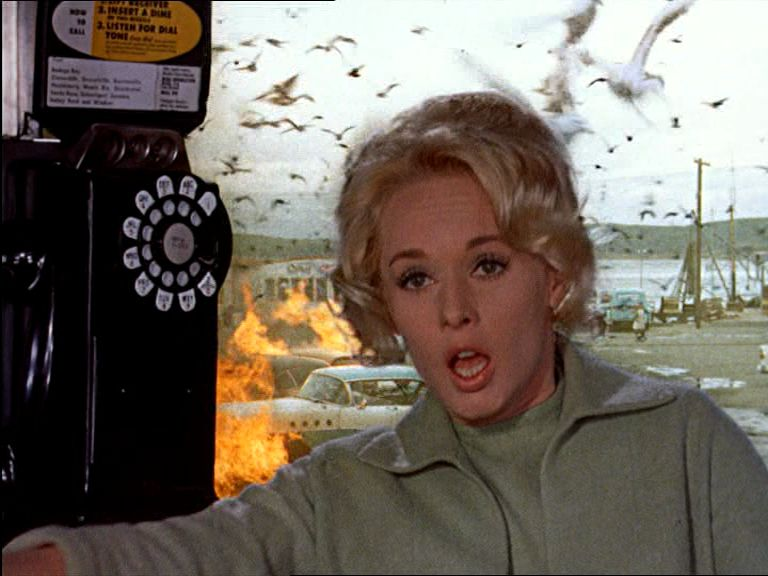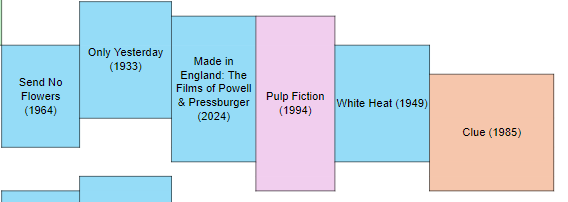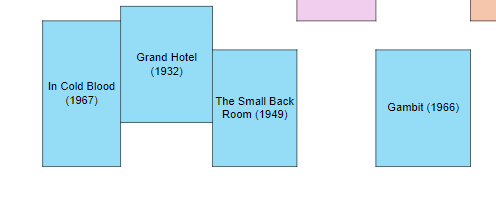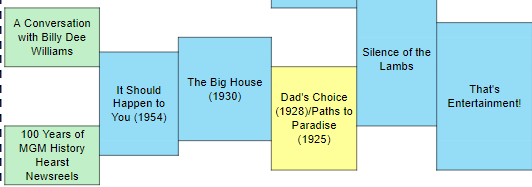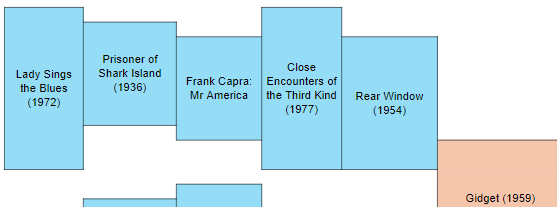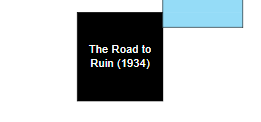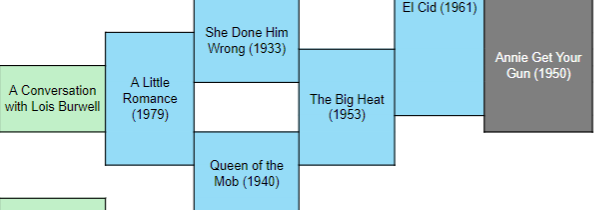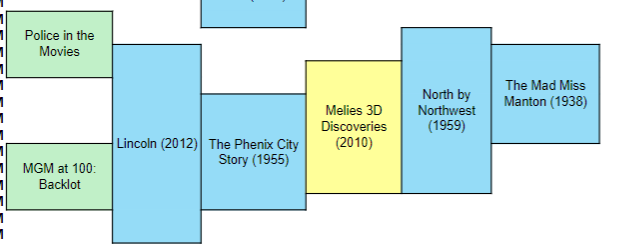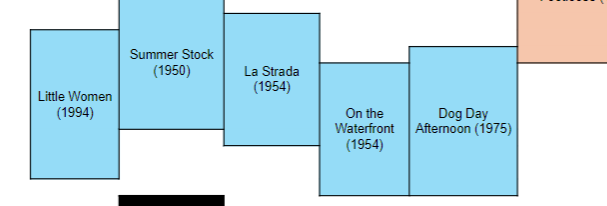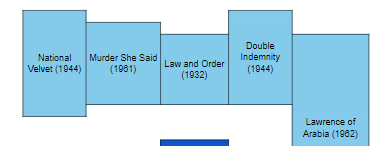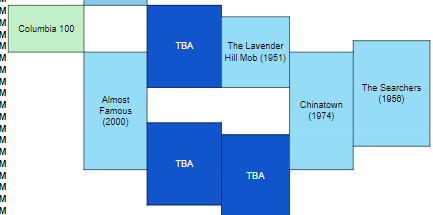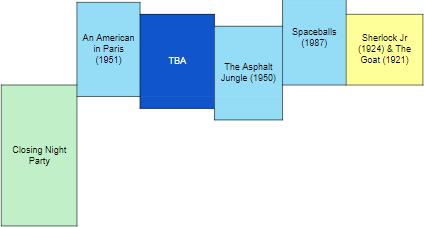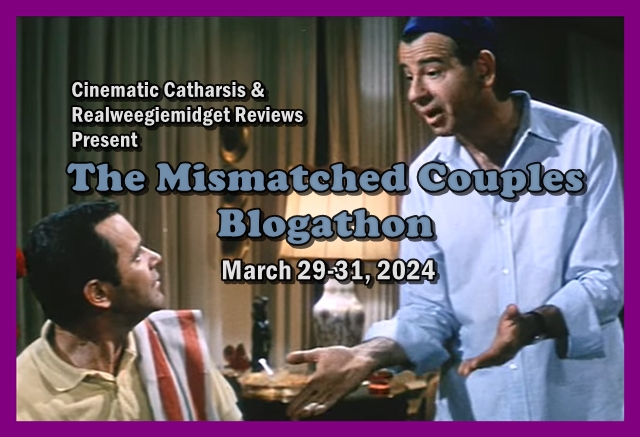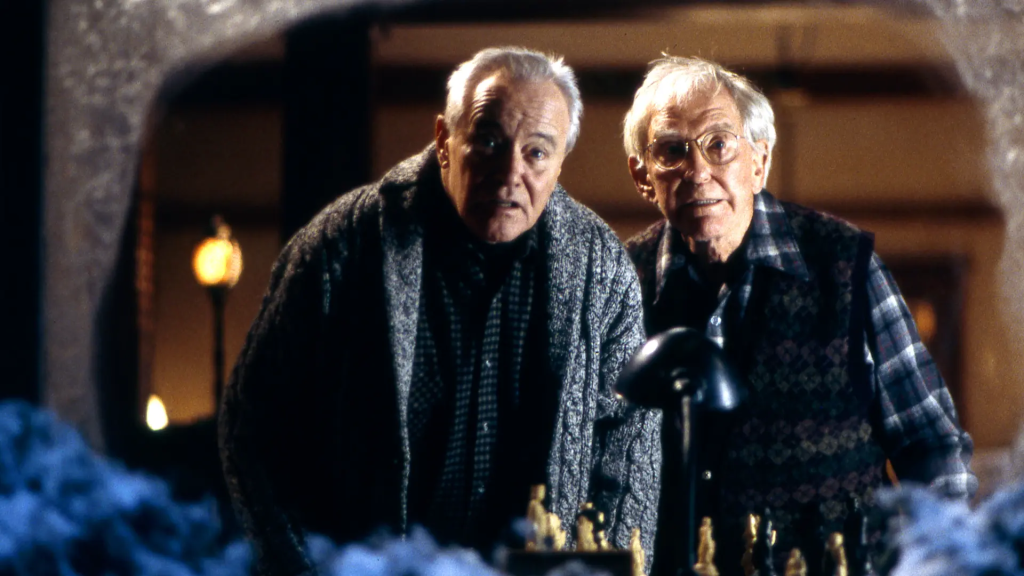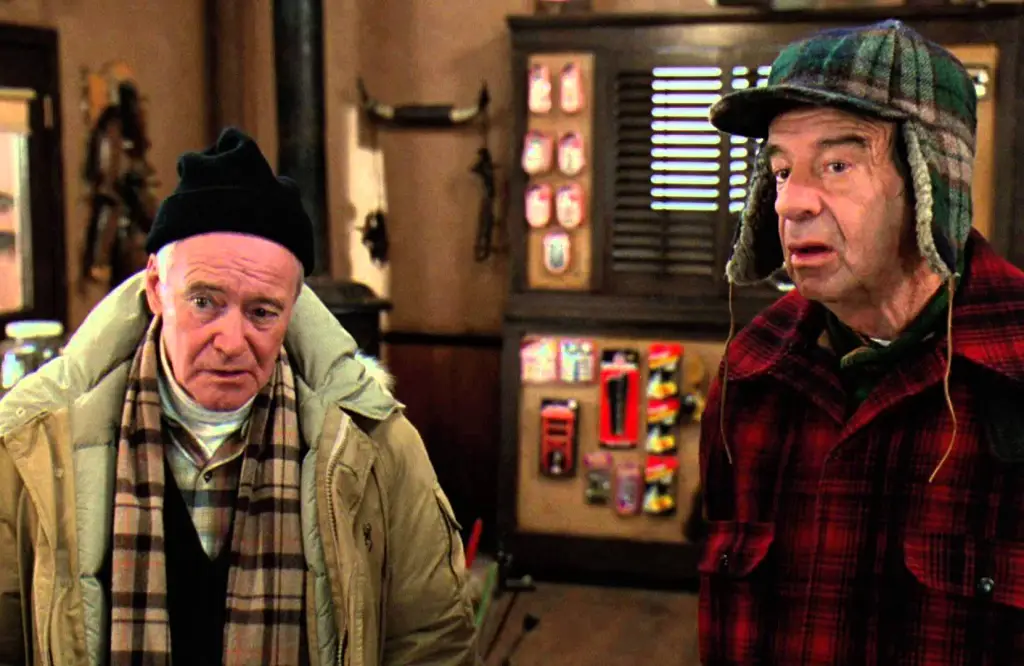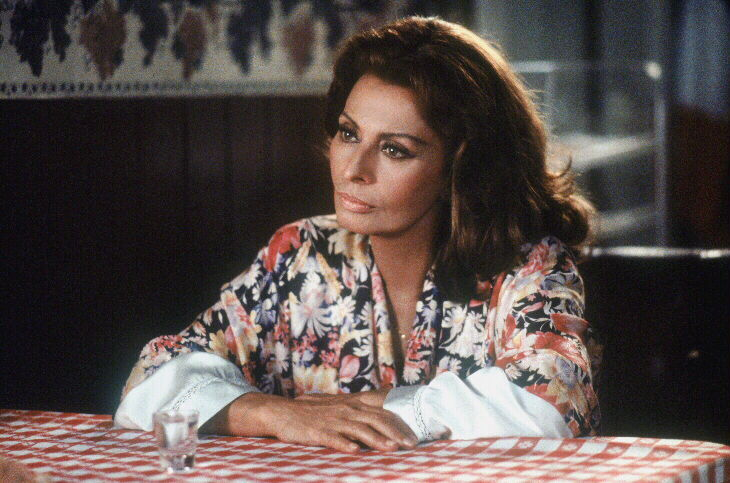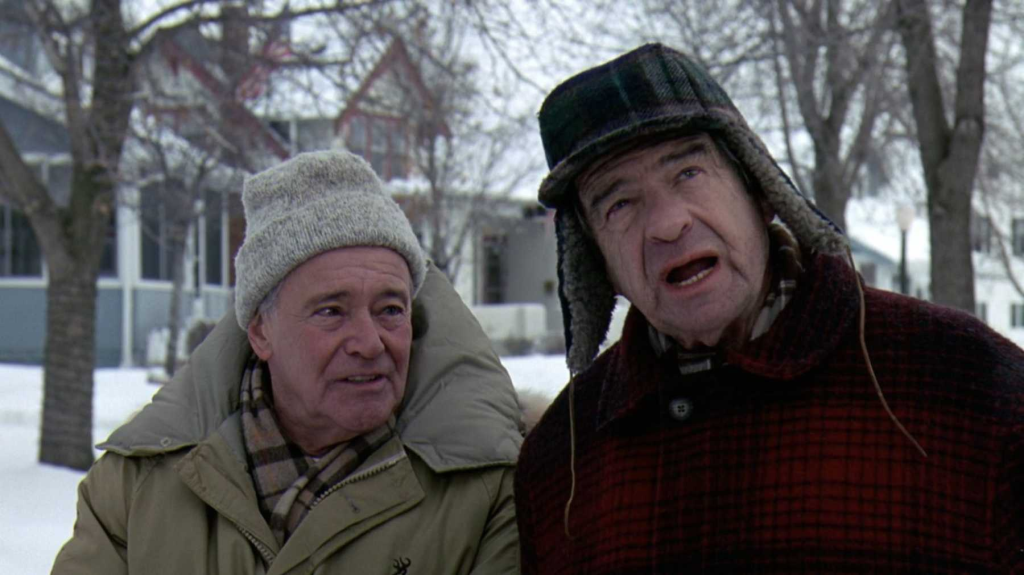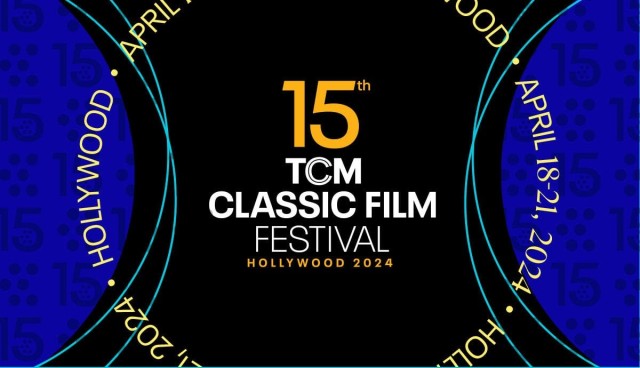
Here’s part one of my planned four-part series chronicling my husband’s and my visit to this year’s TCM Classic Film Festival. We weren’t originally planning on attending; but our plans were changed when I applied for a media credential (just to see what would happen) and I was approved! We purchased a Classic pass for my husband as it was comparable to my media pass. Last year, for our first festival, we went all out with the Spotlight pass, so this year was our first experience with the queue system. Knowing that people can be shut out of screenings, we kept that in mind as we planned our schedule. I’d read that people considered last year to be a more budget-conscious version of the festival to which they were accustomed. Having never attended before, we had nothing to which to compare it. We had an absolute blast at last year’s festival and had just as much fun (if not more) at this year’s.
We stayed at the Quality Inn on La Brea and Sunset Blvd. We even had a room with a view of the pool! The hotel was one of those 1960s hotels where the pool was in the middle of a courtyard with rooms around the perimeter. I was happy that we had an interior room and not one of the rooms with the door on the exterior of the building. Accessing our room would require someone to walk through the office. Since I booked only about 1.5 months out, it was the last hotel I could find that was within walking distance to the festival, was modestly priced, and had a King bed available. It was a fine hotel, but I think if we go to the festival again, I’m going to try and book earlier and stay at one of the hotels near Hollywood Blvd. The Quality Inn was very close to the In-N-Out on Sunset Blvd though. We may have taken advantage of it a couple times during our trip. In-N-Out has now expanded to Oregon, but it’s always so horrendously busy that the only time I’ve ever been there is when I’m in California. Our walk back to the hotel at night was fine, we didn’t have any issues with any people outside. However, I was walking back with my husband and sticking to well-lit busy streets. I would not recommend walking back alone.
Wednesday, April 17, 2024
This was our first full day in Hollywood. We’d flown in from Portland the night prior. Originally, I had plane tickets to fly into LAX Wednesday afternoon, but decided to switch to flying into Burbank Tuesday night instead. This was done to eliminate the stress of trying to get across Los Angeles in a short window when I needed to be at the TCMFF media event that afternoon. I can wholeheartedly recommend flying into Burbank versus LAX. Much smaller and less drama. Not to mention it’s only about 30 minutes from Hollywood versus 60+ minutes from LAX near Inglewood. We also decided to not rent a car this go around, as we were only planning on attending the festival–no Disneyland, sadly. It was outside of this year’s budget. Tuesday night was our first experience using Lyft or any ride-sharing service. I had a first time rider coupon, giving us 50% off our ride.

On Wednesday morning, we had lunch at In-N-Out and then went over to the Hollywood Roosevelt Hotel–the center of the TCMFF. Preparations were still underway with banners and signage being hung and line queues still being built. At noon, the gift boutique was scheduled to open in the lobby of the TCL multiplex. As one who always wants first crack at the merchandise if possible, my husband and I were there within five minutes of opening. They were still setting up the POS and doing training! I purchased a really neat old diner-style coffee mug that had the retro-style graphics TCM used in the mid-90s when it started. The back of the mug states “Perk Up with TCM!” I also purchased a 15th TCMFF shirt, a 30th anniversary TCM pin, and a 15th TCMFF refrigerator magnet. I like to collect refrigerator magnets and Christmas ornaments from places that I travel to during the year. Unfortunately, TCM did not have any Christmas ornaments in their boutique. If you’re reading this, to the “powers that be at TCMFF,” you should add Christmas ornaments to the boutique offerings.
In the afternoon, my husband and I waited in the lobby of the Roosevelt hotel to pick up our passes. My husband was able to pick up his pass right away, but I had to wait an hour for the media room to open. We both had a drink while we waited. I had a glass of rosé wine and my husband had a whisky-based cocktail called the Expat that also had some sort of spicy peppers. He must have liked it as he had two during our trip. Finally at 2pm, I was able to get my media pass in the “Writer’s Room” at the hotel. I was also given the choice between two books: the new book about Double Indemnity by Alain Silver and James Ursini; or Donald Bogle’s biography about Lena Horne. I opted for the former as it was a book on my wishlist already.

After picking up our passes, we headed down to the Hollywood Heritage Museum near the Hollywood Legion to view the newest exhibit devoted to MGM stars and costumes. We received a special peek at the event via the Facebook TCMFF group which was having a party at the museum. Normally the museum is only open on the weekend. The exhibit was fantastic. I saw Johnny Weissmuller’s Tarzan loin cloth, a suit owned by Greta Garbo, a hat owned by Errol Flynn, one of Humphrey Bogart’s fedoras, the blouse Judy Garland wore in Meet Me in St. Louis when she beats up Tom Drake on his porch, Esther Williams’ gold catsuit from Million Dollar Mermaid, the painting Jean Harlow’s mother had commissioned after Jean’s untimely death in 1937, and so many more great costumes and artifacts.
My husband and I only had time to view the exhibit before it was back up the hill and back to the Roosevelt for the 4:30 media event. This was a really fun event as it wasn’t crowded and felt somewhat exclusive. Complimentary appetizers, beer, wine and other refreshments were available. We were able to see the hosts and hear what films they were most excited about introducing. Ben stated my favorite film, The Long Long Trailer, and I thought he was kidding. While I don’t know if that was really the film he was most excited about introducing, he was at the screening. I like to think he was being truthful. We were also given the scoop on the next season of TCM’s “The Plot Thickens” podcast. More about the media event in this post.

After the media event it was back down the hill for the conclusion of the TCMFF Facebook party. We then went to Musso & Frank’s for a 7:30 dinner reservation and then went back to the hotel. After completing the trek from the Roosevelt to the Hollywood Heritage museum four times, our legs were spaghetti. I nursed sore legs and two huge blisters for the first two days of the festival. Shout out to CVS for having moleskin and blister pads available. Also shout out to ibuprofen which got us through some trying times. Lol.
Thursday, April 18, 2024
This was the official first day of the festival. I had lunch reservations at Miceli’s Italian Restaurant, a place I’ve been wanting to go for a few years now. This is where Lucille Ball went in 1956 to learn how to toss pizza dough. Alas, we did not get pizza because they were large and we didn’t want to carry around leftovers. Both my husband and I got sandwiches. He got a meatball sandwich and I got a chicken parmesan one. They were delicious. My husband also had this amazing caprese salad with burrata cheese. I tried Miceli’s house Italian dressing and it was delicious. Their dinner rolls were also fantastic. The calamari was also amazing. The next time my husband and I are in Hollywood, I want to go there for dinner.

We were going to hoof it to Amoeba Music, but our legs said no. Instead, we decided to just hang out around the Roosevelt. In the afternoon, my husband and I decided that we wanted to try and get onto the red carpet bleachers. Not having Spotlight or Essential passes, we weren’t going to be able to see the stars of Pulp Fiction–John Travolta, Samuel L Jackson, Uma Thurman, and Harvey Keitel. My husband and I figured that the bleachers would be our best shot. At a little bit before 2:00pm, we saw that a line was already forming, so we got in line. My husband and I were #13 and #14, so we were definitely getting in. The queue was small and we were told by some of the red carpet bleacher veterans that basically only the people within the established queue would be admitted. Any stragglers who were well beyond the queue ropes were probably SOL.

In the red carpet line, there was also question as to whether a second set of bleachers would be set up. After some sleuthing by another line member, it was determined that no, only one set of bleachers. Apparently, they used to use two bleachers but when the bleachers weren’t filled, it was decided to reduce it to one bleacher. It’s completely understandable. It looks bad for TCM and to the red carpet attendees to have a half-filled bleacher. That image doesn’t exactly convey enthusiasm and excitement for the festival. TCM employees Scott McGee and Yacov Freedman talked to the red carpet bleacher fans and flagged down the TCM hosts and red carpet guests for small interviews. Unfortunately, when the time came for the stars of Pulp Fiction, they were only able to wave and walk by as they needed to be inside. We were told that John Travolta wanted to come back out and see the fans, but unfortunately there wasn’t enough time. I believe this to be true as Travolta seems like a nice, personable guy.

After the red carpet, it was time for my husband’s and my first film. When White Heat (1949) was announced, I knew I wanted to see it on the big screen. But then the final schedule was released and one of my absolute favorite movies, Clue (1985) was scheduled, poolside. It was scheduled opposite White Heat. Oh TCM. Why do you do this to me? In the end, Tim Curry’s hilarious performance won out over Cagney. Making the screening even better was that Lesley Ann Warren, aka Miss Scarlett, was scheduled to appear. She was a great guest and still gorgeous.
The Clue pool screening was crazy. It was packed and we arrived late due to being part of the red carpet. We barely attended the opening night party. We attended in the sense that there were no lines at the bar and no one inside Club TCM at the Roosevelt. We went to the pool and were unable to find seats. Having insanely achy legs, the thought of standing for two hours did not seem appealing. Always one to try and stake out potential seats, I spotted a pair of reserved seats that were not occupied. I spoke with a TCM staffer and was told that if the guests for whom the seats were reserved did not show up at the start of the event, we could have the seats. My husband and I stood next to the seats for nearly an hour, hoping that these VIP people did not show. The TCM staffer even told another staffer that those seats were already spoken for by us, should the VIPs not arrive. At about five minutes before the screening, a pair of women showed up and spotted my seats. I made sure to stand as close to them as I could without actually sitting there. As soon as Dave Karger was introduced, Boom! I took the signs off the seats and sat down. I overheard the woman tell her companion, “they just dove in there and took the seats.” No I didn’t lady, I had dibs on them long before you showed up. I didn’t just “dive in.”

Anyway, despite the cutthroat acquirement of seats at the Clue screening, we had a great time. Making it even better was that they showed all three endings in a row, which is how this film should be seen. After Clue, we walked down to the Egyptian to see a new-to-us film, Gambit, from 1966 with Shirley MacLaine and Michael Caine. This was our first time seeing the Egyptian and it was gorgeous on the inside. The romantic caper film, Gambit, was very entertaining and a fun way to end the evening. My other choice for that block was In Cold Blood at the multiplex, but Clue ended too late. I’m not about leaving screenings early. Every film/event we attended at the festival, we watched in its entirety. I’m glad we saw Gambit. We’re planning on adding it to our film collection.

